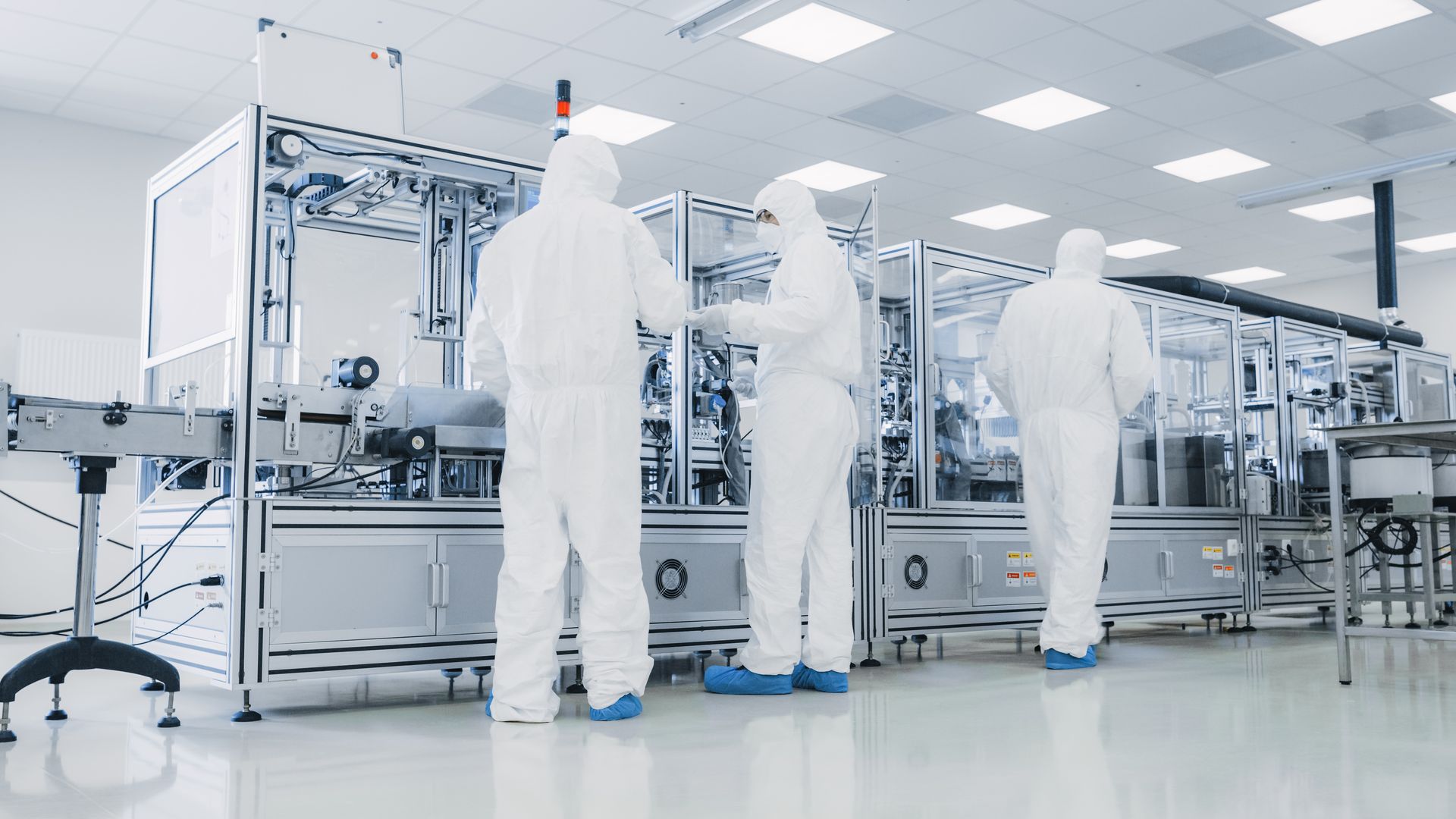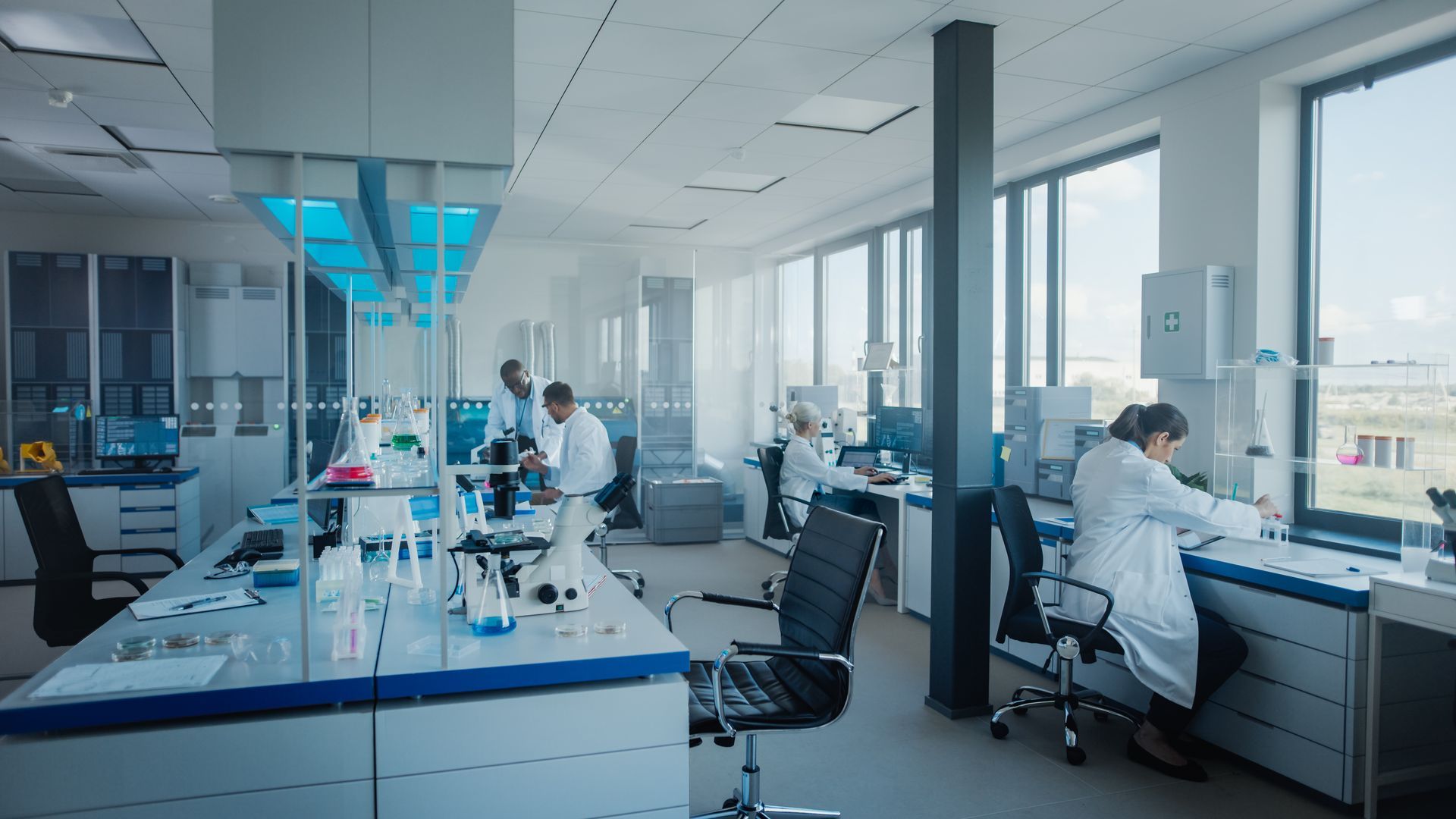Carrier Gas Conversions from Helium to Hydrogen
Ted Palashis | August 19, 2019
We are all aware of endangered species. From bald eagles to white rhinos to California condors, environmental factors, poaching, and a variety of other conditions have created a serious risk of extinction for these animals. On a far less dire note, other natural elements are also in diminished supply. One common and widely used example of this is helium. This helium shortage has been blamed for Party City, one of the nation’s leading balloon and party supply stores, closing 45 stores this year alone. However, this issue extends far beyond birthday parties and balloon animals. Helium is critically useful in several applications. It doesn’t burn, making it ideal for rocket engines. Liquid helium is very cold, so it can cool superconducting magnets. Furthermore, this is the third helium shortage in the past 14 years.
Where Has the Helium Gone?
Many factors have lead to this third helium shortage. Although helium is the second most abundant element in the universe, it is not in the air. The helium found on Earth is actually underground with natural gas. This means we find helium as a byproduct of natural gas refinement. Three-quarters of Earth’s helium comes from sources in Texas, Wyoming, and Qatar. Natural gas production shutdowns in Qatar, combined with helium reserve sell-offs in the United States, as well increased demand, have created the current shortage.
What Options Are There to Mitigate a Helium Shortage?
One way to combat the challenges caused by this helium shortage is with carrier gas migration services. Many chromatographers are transitioning to other gasses to accommodate the lack of helium. When this challenge is understood and addressed, there are suitable and sustainable alternatives. Two of these alternatives are hydrogen and nitrogen. Converting helium to nitrogen or hydrogen through carrier gas migration services is a cost-effective, efficient, and readily available option.
What is Included with Carrier Gas Migration Services?
- An initial gas process analysis audit to determine the best gas options.
- Explanation of the benefits and considerations of converting to hydrogen or nitrogen to gas suppliers and their applications.
- A pro-active implementation plan that includes method development conversion and hardware retrofitting.
A detailed benefit plan will be used to assess the migration of applications that are best suited to the laboratory’s cost and business plan profile.
While the current helium shortage is concerning, it doesn’t mean that your production and operation need to suffer. With carrier gas migration services from Overbrook, you can leverage the expertise and experience of laboratory professionals. Overbrook’s consultation is customized to your laboratory and incorporates best practices. It’s a safe solution that’s already being implemented by forward-looking laboratories.




